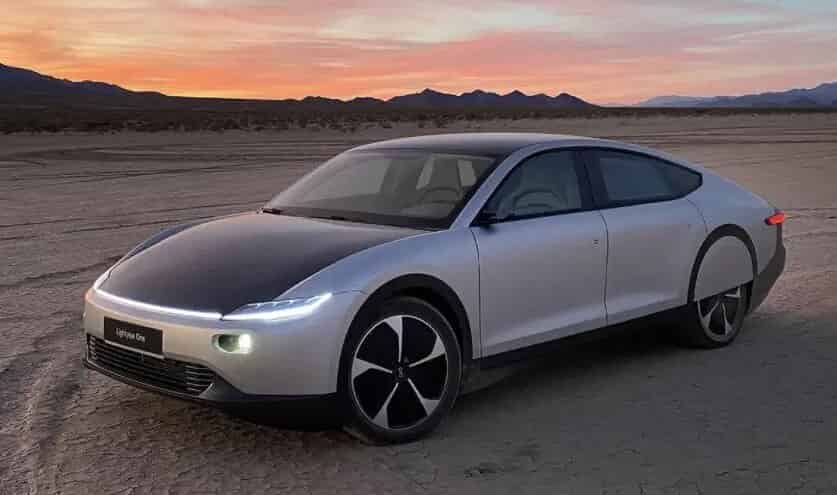Solar-Powered Cars: Facts or Fiction?
Our dwindling store of fossil fuels and the subsequent need for renewable energy has led to automobile companies scrambling to accommodate clean energy alternatives to their smoke-spitting cars. While electric vehicles are attracting buyers owing to their efficiency, the case for them seems to be falling due to issues of recharging vehicle batteries and limited range. In comes the concept of solar-powered cars.
Solar cars use photovoltaic cells to recharge themselves, without having to stop and recharge. These car batteries store solar energy which allows them to function smoothly at night or in the absence of direct sunlight.
If this concept is introduced on a large scale, the advantages would be obvious – minimized costs, environment friendly, and unlimited power supply.
 Image Credit: Business Insider
Image Credit: Business Insider
While solar cars are not a common sight across the world, they could become a potential choice for many environment-conscious buyers.
How do solar cars function?
Solar cars work on the simple mechanism of converting solar energy to electrical energy through photovoltaic cells. These PV cells usually have Lithium-ion or Nickel-metal hydride batteries, fixed on top of the car to capture the sun’s energy. This energy creates an electrons flow that creates electricity and powers the battery. The excessive energy is stored in the battery to be used at night.
Seems like a far-fetched concept? Well, the idea is certainly not new. In 1982, the first solar car was developed by brothers Hans Tholstrup and Larry Perkins, traveling from Perth to Sydney in Australia.
Ever since then, many enthusiasts built solar cars for the purpose of solar car races. At the same time, technology development has contributed to increased battery efficiency, and more modern, and practical designs.
Read Also: What is a PV system in EV Charging?
Advancements in the solar car sector
Today, many prototypes of solar-powered cars are in development. Several companies, big and small, are building solar cars or their hybrid versions. With scientific advancements, brands are working towards refined and efficient technology to develop more practical, compact, and lighter models. Here are some of the key developments in this sector-
- In 2020, the Dutch company Lightyear One introduced the prototype of the world’s first long-range car. With a solar roof that will capture sunlight consistently whether the car is moving or standing, it boasts of a range of 450 miles in a single recharge.
- Companies like Hyundai and Toyota are working on developing fully-functioning solar-powered cars or hybrid versions of them.
- After releasing a hybrid passenger car, Sonata, Hyundai is now working on increasing the efficiency of solar panels and reducing the cost for commercial viability.
What are the benefits of solar cars?
Here’s why solar cars could change the future of the automotive industry-
- Since solar energy is an inexhaustible source, solar cars can help save fuel costs as well as maintenance costs.
- They have the potential to scale. Because all you need is a simple power outlet and sun, there’s no need to wait for charging infrastructure.
- Solar cars are sustainable and boost energy efficiency, thus lowering carbon dioxide emissions and creating a pollution-free environment.
Why are solar cars not a reality yet?
Despite its significant potential, solar cars are not fit for commercial use yet because of their low efficiency and high prices. Solar cars have numerous design and technical limitations. Equipping a car with solar panels pose several challenges to automotive engineers.
Firstly, commercially operated solar panels have low efficiency. Hence, its use becomes impractical in the absence of enough sunlight. Moreover, to power a car, you need extra space for solar cells, which gives birth to other problems – weight and cost.
Next, arises the issue of developing safe, dependable, and cost-effective modules for solar cars. Solar PV panels can generate enough energy on a sunny day to power the car for days. But energy generation depends on factors such as weather conditions, positioning of panels, driving conditions, and maintenance of panels. Any hitch, and you wouldn’t be able to generate enough energy to power the car.
Final thoughts
While solar-powered cars may seem like ambitious plans, current research into lightweight batteries and highly-efficient PV cells can make solar cars a viable vehicle option. With top automobile players entering this market, that day isn’t far when their utility will reach new heights.
